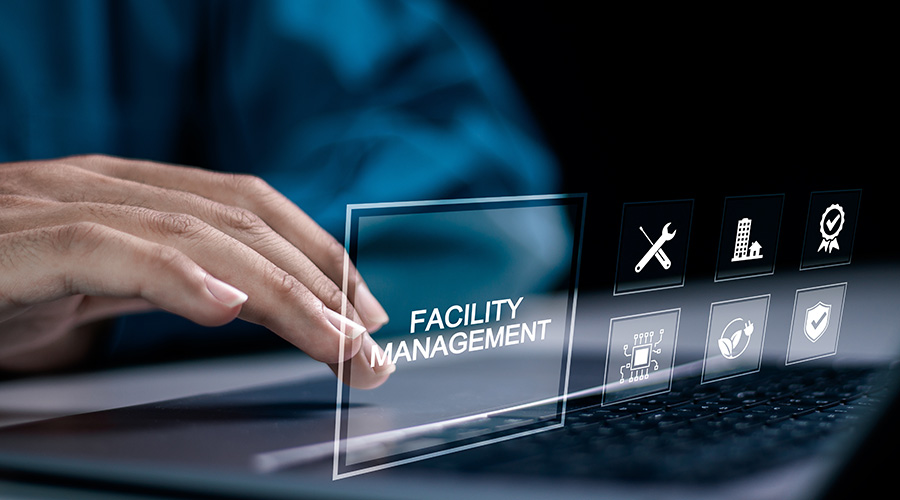PCBs Pose Health, Financial Risks for Schools
Facility managers must be aware of the potential impact — including possible lawsuits — of buildings containing polychlorinated biphenyls (PCBs).
The emerging concern over polychlorinated biphenyls (PCBs) in construction materials, especially in schools, may significantly impact construction and renovation projects. By now, there is widespread awareness in the public education sector of the requirements for proper identification, management, and disposal of hazardous substances such as asbestos and lead. With PCBs, what was once thought to be a problem related solely to industrial sites and electrical companies is now becoming more prevalent in commercial and governmental buildings, particularly in schools, as awareness grows among contractors, administrators, facility managers, and the public.
In some instances, legal action has been brought against public agencies in citizen lawsuits as provided for under the Toxic Substance Control Act, which has jurisdiction over PCBs and other hazardous substances. Regardless of the project size, building owners and contractors should be aware of the potential impact of buildings containing PCBs, especially for high-risk facilities such as schools.
PCBs are regulated by the Environmental Protection Agency under the Toxic Substance Control Act, 40 CFR part 761. PCBs were commonly used in building materials from approximately 1950 to the late 1970s, when they were banned by Congress. PCBs were useful because of their properties: They offer electrical insulation, and are flame-resistant, plasticizing, chemically stable, and durable. However, PCBs are very persistent in the environment, can vaporize and migrate, and can cause adverse health effects in humans (cancer, reproductive disorders, acne-like skin conditions in adults, and neurobehavioral and immunological changes in children). School occupants can potentially be exposed to PCBs in the dust, indoor air, and surfaces in buildings. Externally, exposure may occur through contact with contaminated soil. Exposure occurs primarily through inhalation (some studies suggest up to 80 percent of exposures are through inhalation), but also through dermal contact or ingestion.
PCBs have been found in schools in materials and equipment such as fluorescent light ballasts, caulking, paints, window glazing, sealants, ceiling tile coatings, and spray-applied fireproofing. It is estimated that close to 50 percent of all U.S. public and private school buildings that are currently active were renovated or built during the period of 1950 to 1979. Some trade names associated with PCBs include Abestol, Aroclor, Askarel, Chlophen, Chlorexto, Fenclor, Pyralene, and Pyranol, among others.
Reducing Exposure to PCBs
EPA recommends actions be taken by school administrators, building owners, and facility managers to reduce PCB exposures if PCBs are present or suspected. This should be done prior to disturbing suspect materials so that students, staff, and workers are protected. A building suspected to contain PCBs should be properly characterized prior to coming up with an action plan to determine proper management, removal, and disposal of the PCBs. Potential primary sources listed above (caulk, sealants, etc.) should be tested. Some building materials — such as paint, masonry, ceiling tiles, carpeting, and wood — can absorb indoor PCB emissions from primary sources and become secondary sources for PCBs. Sometimes secondary sources emit PCBs after primary PCB sources are removed.
The first step in assessment and characterization of school buildings should be to test the indoor air to determine if PCBs are present, and then see if the results are below the PCB-exposure limits established by EPA. If the levels are above allowable exposure levels, then suspect buildings materials (primary sources) should be tested to evaluate whether they contain PCBs. Depending on the outcome of this testing, it may be necessary to further evaluate and test to see if surrounding materials (secondary sources) may be emitting PCBs. Bulk samples (a small portion of the material) should be collected for materials such as caulk and soil (potentially contaminated from emissions from exterior caulks and sealants). For porous surface materials (brick, masonry, concrete, wood), core samples should be collected (top 0.5 to 2 cm). Non-porous surface samples such as unpainted metal surfaces can have wipe samples collected.
If a source material is greater than 50 parts per million (ppm) of PCBs, then the material is regulated under the Toxic Substances Control Act. If an adjacent porous surface is greater than 1 ppm of PCBs, then that material is also regulated.
Related Topics:













